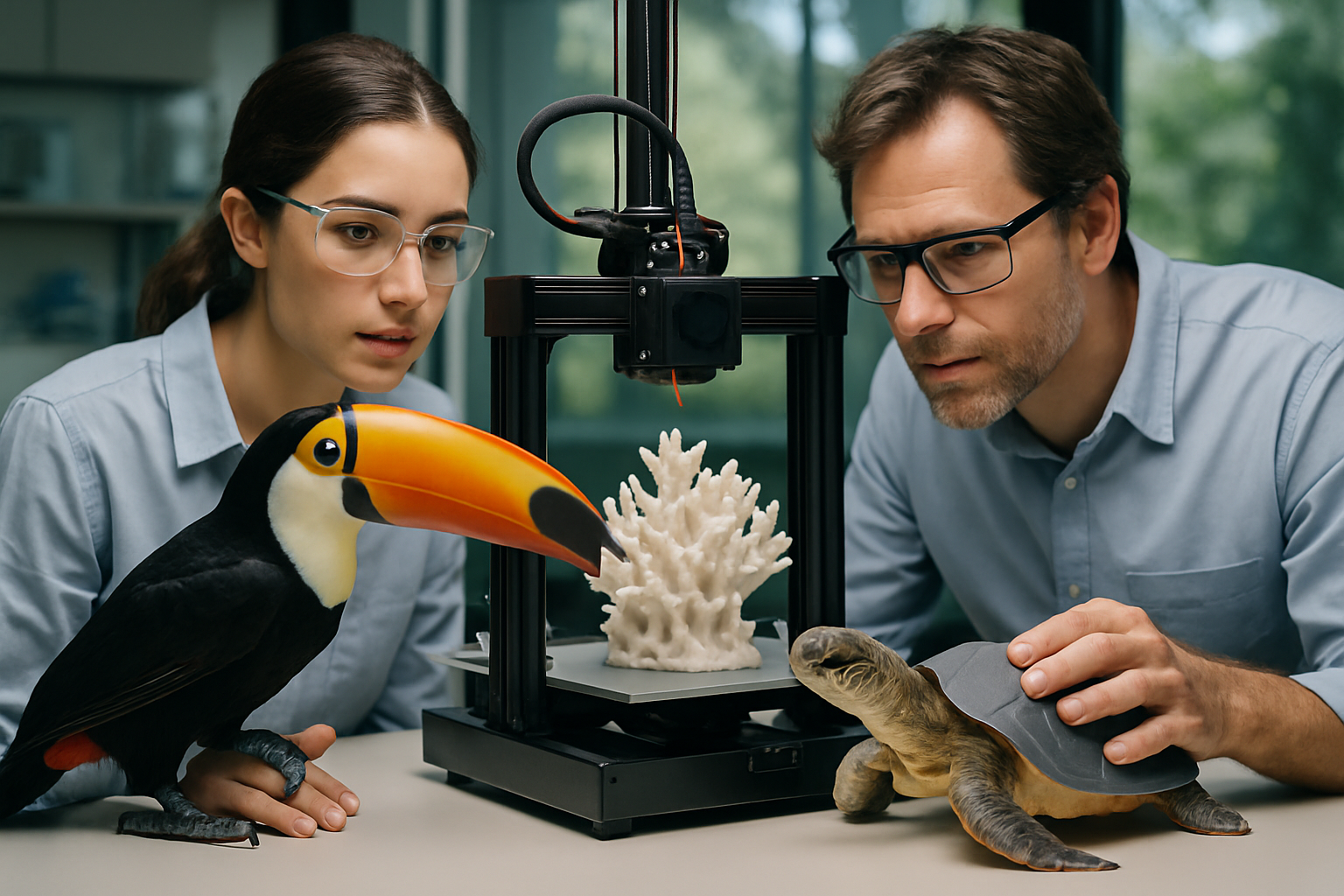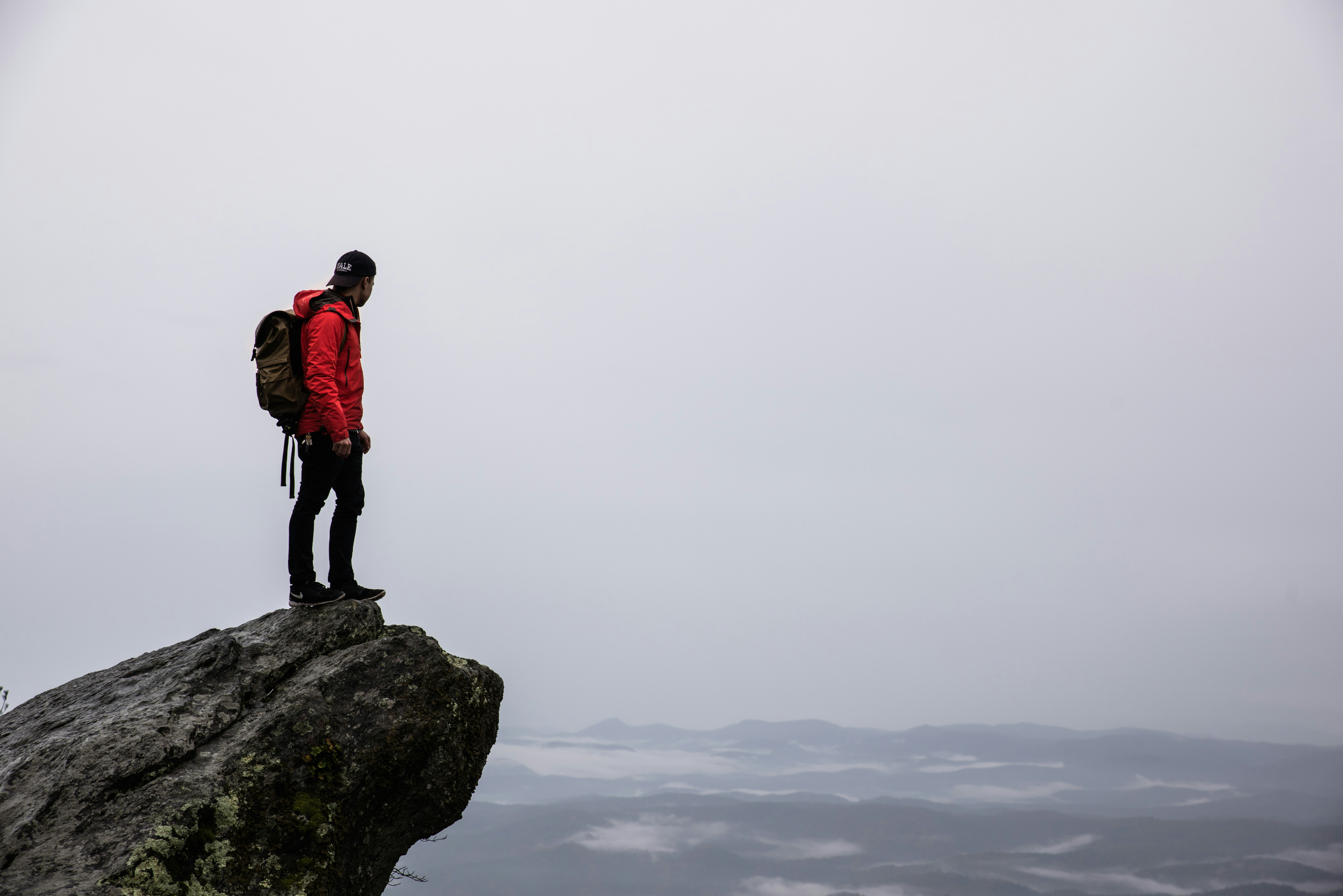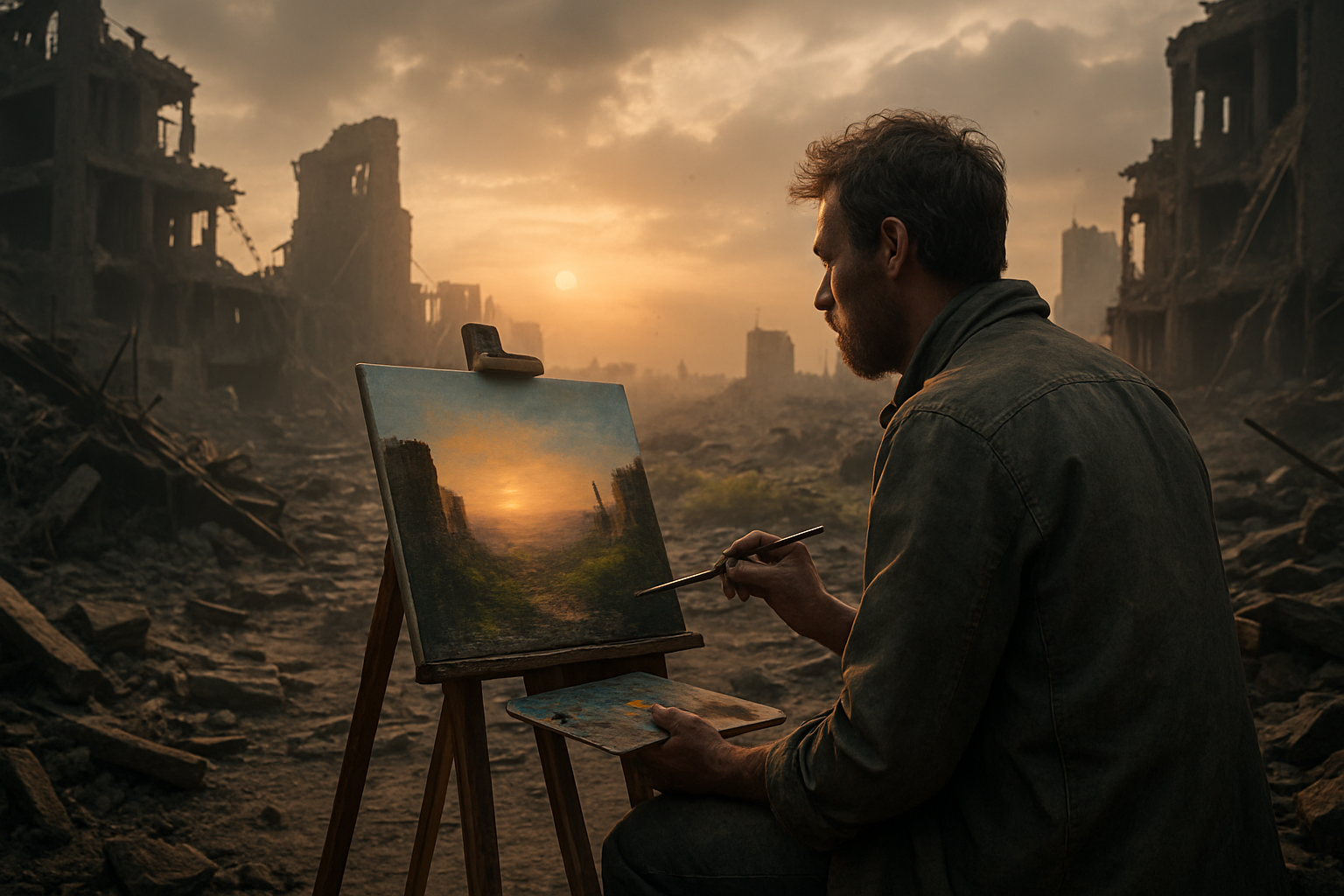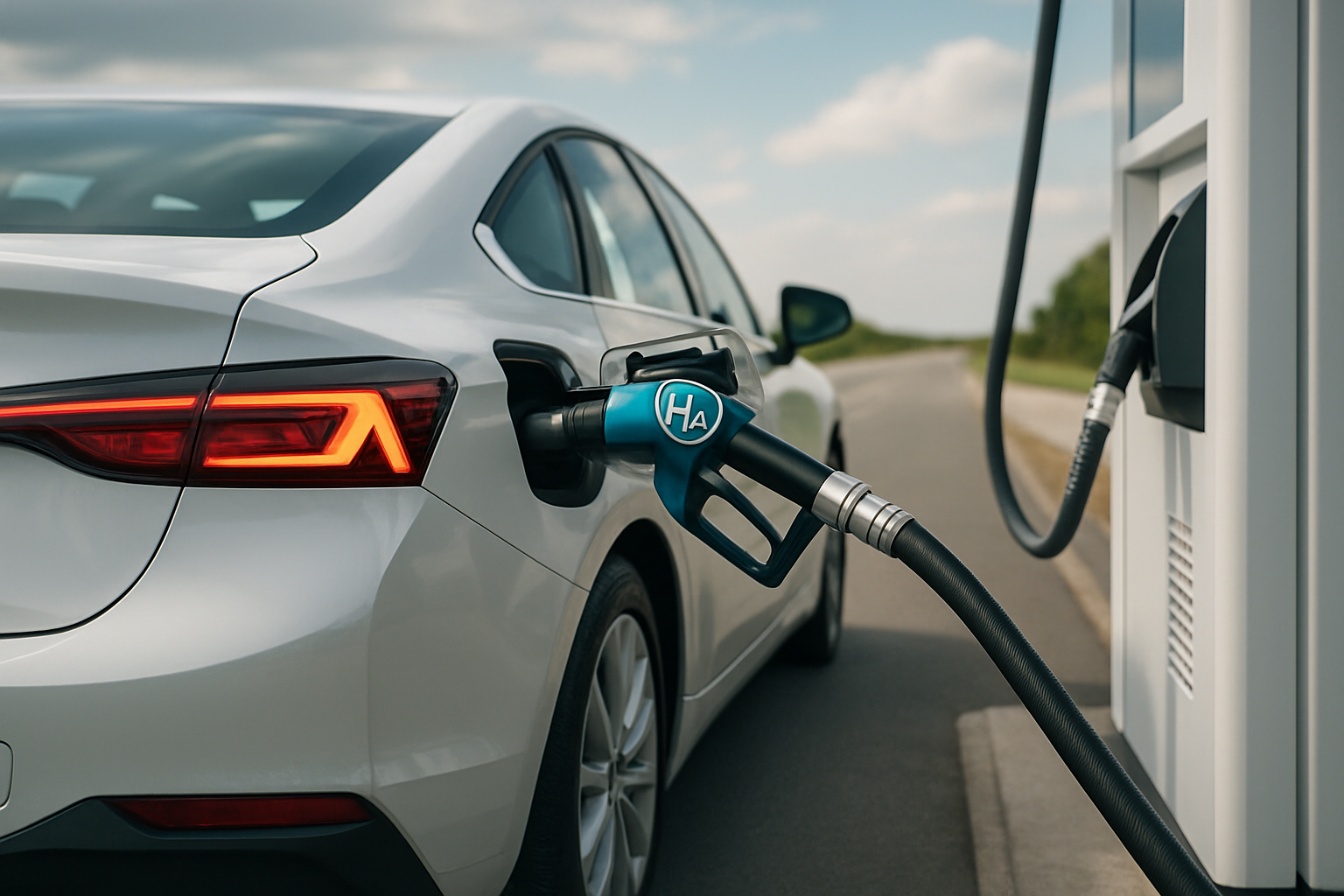The Innovative World of 3D Printing for Wildlife Conservation
In the last decade, an unexpected tool has emerged in the field of wildlife conservation: 3D printing. This groundbreaking technology has opened up a new world of possibilities, ranging from prosthetics for injured animals to artificial habitats for endangered species.

3D Printing and Conservation: A Brief History
The use of 3D printing in wildlife conservation started around the early 2010s. At first, it was mainly used to create prosthetics for injured animals. This was a significant innovation because traditional methods were often unsuccessful due to animals’ unique anatomical structures. However, as the technology evolved, conservationists began to see its potential for more extensive applications, leading to its current widespread use.
Current Applications: Prosthetics and More
Today, 3D printing is being used in a variety of ways to aid wildlife conservation. For instance, it’s still commonly used to create prosthetics, with notable examples including a beak for a wounded toucan and a shell for an injured turtle. But the technology is also being used to create artificial habitats. For example, in 2019, scientists in Australia started using 3D printers to build artificial coral reefs to help restore the Great Barrier Reef.
Future Possibilities: Replicating Nature
The future of 3D printing in wildlife conservation looks promising. One area of focus is the replication of natural environments. This could involve creating artificial habitats on a much larger scale than currently possible or even replicating specific elements of an animal’s environment, such as particular plants or food sources.
The Economic Impact: A Growing Market
The use of 3D printing in wildlife conservation is also having an economic impact. While exact figures are hard to find, the market for 3D printing is expected to be worth $34.8 billion by 2024, and the sector involving wildlife conservation is likely to be a substantial part of that.
The Role of Research: Ensuring Success
As with any new technology, its success in wildlife conservation will depend heavily on research. This includes not only improving the technology itself but also understanding how animals interact with the 3D printed objects. By continuing to study and develop this technology, we can ensure that it plays a vital part in protecting our planet’s wildlife.
In conclusion, 3D printing presents a unique and innovative tool for wildlife conservation. It’s already making a significant impact, and as the technology continues to improve, its potential applications will only grow. By embracing this technology, we can help to protect our planet’s wildlife in ways that were previously unimaginable.





